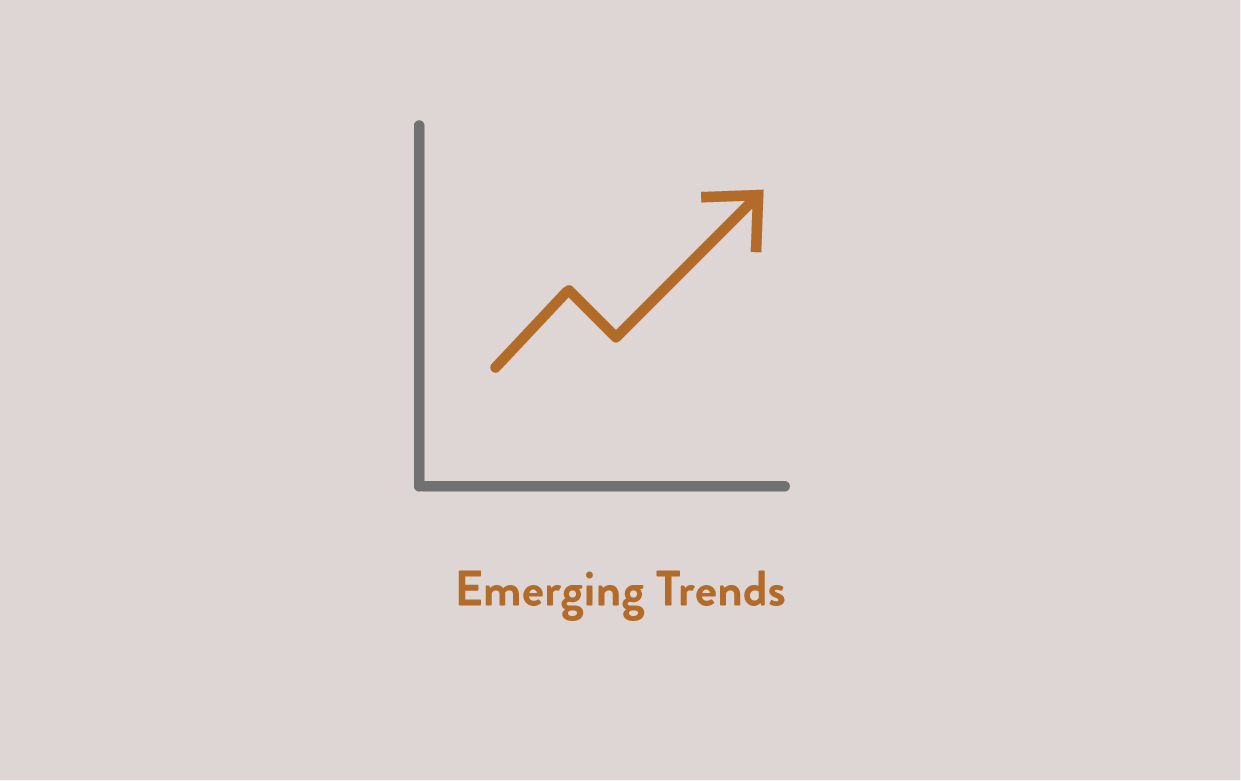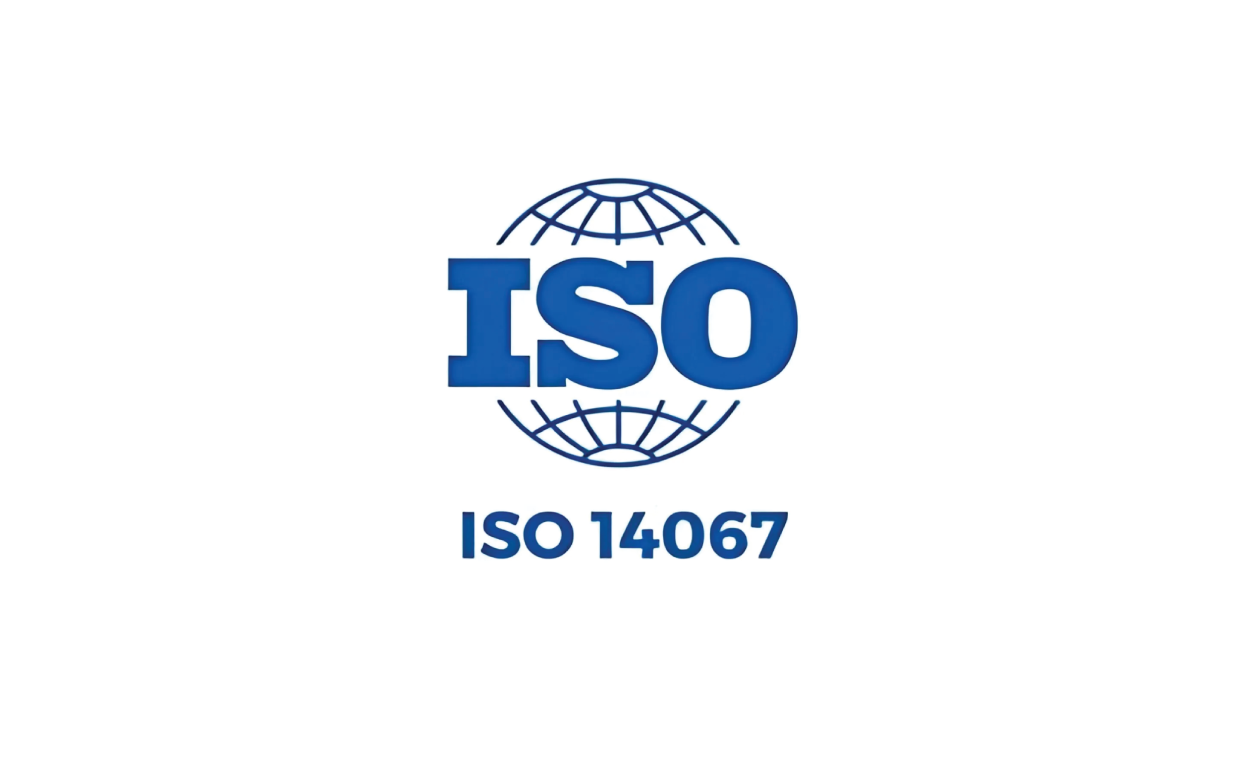Green Claims Regulation: A Global Perspective on Environmental Marketing

In an era of increasing environmental consciousness, businesses worldwide face growing scrutiny over their sustainability claims. The green claims landscape has transformed from a voluntary marketing approach to a complex, regulated environment designed to protect consumers and promote genuine environmental responsibility. As climate change and environmental sustainability become critical global concerns, governments and regulatory bodies in the United States, European Union, and United Kingdom have developed sophisticated frameworks to address greenwashing and ensure transparency in environmental marketing.
These emerging regulations represent a critical evolution in corporate accountability, reflecting a global recognition that environmental claims must be substantive, scientifically verified, and genuinely meaningful. By implementing rigorous standards, these regions are not just protecting consumers but also driving meaningful corporate action towards genuine sustainability.
In some cases, this has led to financial penalties and or at the very least adverse publicity that can impact shareholder value. Some recent notable greenwashing fines from around the world:

In the United States:
- H&M was fined $300,000 by the Norwegian Consumer Authority in 2022 for misleading sustainability claims about its Conscious Collection
- Volkswagen paid over $125 million in fines related to its diesel emissions scandal, which was a form of environmental misrepresentation

In Europe:
- Danone was ordered to remove sustainability claims by the Netherlands Authority for Consumers and Markets in 2022
- KLM Royal Dutch Airlines was sued in the Netherlands for misleading climate-friendly advertising, facing potential significant fines
- In the Czech Republic, Budweiser Budvar was fined by the Czech Trade Inspection Authority in 2023 for making misleading environmental claims.

In Australia:
- Santos, an energy company, was sued by the Australian Securities and Investments Commission (ASIC) in 2022 for alleged misleading claims about its pathway to net-zero emissions

In the United Kingdom:
- HSBC was investigated by the UK’s Advertising Standards Authority for advertisements that were deemed to be misleading about its climate commitments
- Shell faced criticism and potential regulatory action for its advertising claims about renewable energy
Whilst there are common themes of protecting consumer rights by preventing Greenwashing, ensuring scientific substantiation, promoting transparency there are key regional differences:
- US: More guidance-based
- EU: Most comprehensive and legally binding
- UK: Intermediate approach, combining guidelines with potential enforcement
The following pages summarises each code / regulation, identifies emerging trends and a conclusion
Summary of each region’s green claims codes / regulations

United States (US)
- No comprehensive federal green claims code
- Federal Trade Commission (FTC) Green Guides provide guidance
- These guidelines help prevent deceptive environmental marketing claims
- Voluntary but widely used by companies
- Focus on substantiating claims with scientific evidence
- Covers areas like recyclability, biodegradability, and carbon offset claims

European Union (EU)
- More comprehensive and stringent green claims regulations
- Green Claims Directive (proposed in 2023)
- Aims to prevent greenwashing
- Requires companies to:
- Substantiate environmental claims with scientific evidence
- Get third-party verification
- Use standardized methodology for environmental impact assessment
- Provide clear, transparent information about environmental performance
- Potential financial penalties for non-compliance

United Kingdom (UK)
- Follows similar principles to EU regulations
- Competition and Markets Authority (CMA) Green Claims Code
- Introduced in 2021
- Six key principles:
- Claims must be truthful and accurate
- Claims must be clear and unambiguous
- Claims must not omit or hide important information
- Comparisons must be fair and meaningful
- Claims must consider the full lifecycle of the product
- Claims must be substantiated

The emerging trends in green claims regulation across different sectors:
- Regulatory Trends
- Shift from voluntary guidelines to mandatory regulations
- Increased standardization of environmental impact measurement
- More stringent verification processes
- Potential for significant financial penalties
- Cross-border collaboration on environmental claims standards
2. Technological Innovations
- Advanced life-cycle assessment (LCA) technologies
- Blockchain for transparent supply chain tracking
- AI-powered carbon footprint calculation
- Real-time environmental impact monitoring systems
- Digital product passports showing comprehensive environmental data
3. Corporate Accountability
- Mandatory comprehensive sustainability reporting
- Board-level responsibility for environmental claims
- Third-party independent verification becoming standard
- Greater transparency in methodology and data sources
- Increased investor and shareholder pressure for genuine sustainability
4. Consumer Protection Mechanisms
- More accessible complaint systems
- Enhanced labelling requirements
- Clear, standardised eco-rating systems
- Simplified environmental impact communication
- Educational initiatives about understanding green claims
5. Data and Verification Trends
- Scientific evidence requirements becoming more robust
- Standardised methodologies for calculating environmental impact
- Machine-readable sustainability data
- Increased use of satellite and IoT technologies for tracking
- Development of unified global environmental measurement standards
6. Financial and Investment Implications
- Environmental claims increasingly affecting company valuations
- Green bonds and sustainability-linked financing expanding
- Insurance products factoring in environmental performance
- Potential carbon-related tax implications
- Investment funds prioritising verified sustainable companies
7. Sector-Specific Developments
- Fashion: Mandatory environmental impact disclosures
- Technology: Comprehensive e-waste and circular economy reporting
- Agriculture: Detailed carbon sequestration and emissions tracking
- Manufacturing: Comprehensive supply chain environmental assessments
- Packaging: Attracts environmental initiatives that cost money Packaging Recovery Notes, Plastics tax, Extended Producer Responsibility, in the near future a deposit return scheme and a likely carbon tax.

Solution Providers
Going green is not a marketing activity it is an enterprise imperative akin to changing a business’s financial capture and reporting through an ERP system prior to 2000.
The concern leading up to the year 2000 was known as the “Y2K bug” or “Millennium bug,” a widespread computer programming shortcut that was expected to cause significant problems when the calendar changed from December 31, 1999, to January 1, 2000. The Y2K bug was a unique moment in technological history that highlighted the potential vulnerabilities in computer systems and the importance of forward-thinking in software design. However, no one considered the carbon footprint of everything in the software.
Today there are a plethora of potential solutions: manually calculated or software using broad averages which only reflect a moment in time. Benchmark uniquely calculates the commercial cost and carbon footprint to the level of the stock keeping unit enabling holistic decision-making. To be carbon net zero will likely be delivered by businesses over many years so supplier selection will be critical.
We at Benchmark ensure our environmental assessments are substantiated through granular carbon footprint data, meticulously calculated and verified in accordance with ISO 14067 standards for carbon footprint assessment. Our approach is consistent enabling business to demonstrate their carbon net zero journey. Each estimate is:
- Measured using comprehensive lifecycle analysis
- Independently verified by accredited third-party environmental auditors
- Calculated through transparent, peer-reviewed methodology
- Tracked using authenticated carbon accounting software
- Subjected to regular external validation and recertification
Our data encompasses:
- Precise scope 1, 2, and 3 emissions measurements
- Detailed carbon intensity per product unit
- Transparent allocation of environmental and commercial impact across the production and supply chain stages from source to end-of-life.
Commercial Value and Strategic Insight: We recognize that environmental performance is not just an ethical imperative but a critical business driver. Our approach transforms sustainability data into:
- Competitive differentiation
- Risk mitigation strategy
- Cost optimization opportunities
- Investment attractiveness indicator
- Strategic decision-making intelligence
By quantifying environmental impact with scientific rigor, we:
- Unlock financial value through resource efficiency
- Demonstrate tangible economic benefits of sustainable practices
- Provide investors and stakeholders with clear, measurable environmental performance metrics
- Create a direct link between sustainability and business performance
All environmental performance metrics are:
- Continuously monitored in real-time
- Publicly reportable with full traceability
- Compliant with international carbon reporting protocols
We commit to providing stakeholders with verifiable, scientifically robust environmental impact information that meets the highest standards of accuracy, transparency, and credibility, while generating meaningful commercial value.”
This version bridges the technical environmental reporting with strategic commercial understanding, highlighting how granular, verified environmental data can be a source of business insight and competitive advantage.

Conclusion
The global trajectory of green claims regulation demonstrates a profound shift in how businesses communicate their environmental commitments. From voluntary guidelines to legally binding directives, the regulatory landscape is rapidly transforming, driven by technological innovation, consumer awareness, and a genuine imperative to address climate challenges.
A critical emerging dimension of this regulatory evolution is the emphasis on comprehensive and scientifically rigorous environmental reporting. Specifically, the importance of Global Warming Potential (GWP) calculated over a 100-year horizon has become paramount. With the introduction of ISO 14067, organizations now have a standardised framework for quantifying and reporting product carbon footprints, providing:
- A globally recognized methodology for carbon footprint calculation
- Consistent principles for life cycle assessment
- Transparent and comparable carbon reporting across industries and borders
- Rigorous verification and validation processes for carbon emissions data
Businesses are now expected to:
- Provide granular, precise data on carbon emissions
- Conduct accurate calculations of environmental impact
- Implement consistent year-on-year reporting mechanisms
- Develop transparent reporting frameworks projected through to 2050
- Align with ISO 14067 standards for comprehensive carbon footprint assessment
These requirements demand unprecedented levels of scientific precision and long-term strategic planning. Organizations must now view environmental reporting not as a periodic exercise, but as a continuous, meticulously documented process that allows for comprehensive tracking of environmental performance over extended timeframes.
Key takeaways include:
- A move towards mandatory, scientifically substantiated environmental claims
- Increased technological capabilities for tracking and verifying sustainability
- Growing financial and reputational consequences for misleading marketing
- A more transparent, accountable approach to corporate environmental responsibility
- Rigorous, long-term commitment to precise environmental impact measurement
- Global standardisation through frameworks like ISO 14067
As regulations continue to evolve, businesses must view sustainability not as a marketing strategy, but as a fundamental operational commitment. The future of environmental claims lies in genuine action, transparent reporting, and a holistic approach to corporate environmental stewardship.
The journey towards truly sustainable business practices is ongoing, with regulatory frameworks playing a crucial role in driving meaningful change and protecting both consumer interests and our global environment. The ability to demonstrate precise, consistent, and transparent environmental performance – anchored in internationally recognized standards like ISO 14067 – will increasingly become a critical differentiator for businesses in the global marketplace.
Recent Posts
- European Parliament Votes to Postpone Corporate Due Diligence and Sustainability Reporting Requirements
- Financial Markets vs. Sustainability Markets in Packaging
- How prepared are you for the Packaging and Packaging Waste Regulation (PPWR)?
- Green Claims Regulation: A Global Perspective on Environmental Marketing
- The Environmental and commercial Impact of Packaging (Facts, Figures and a solution)

Recent Comments